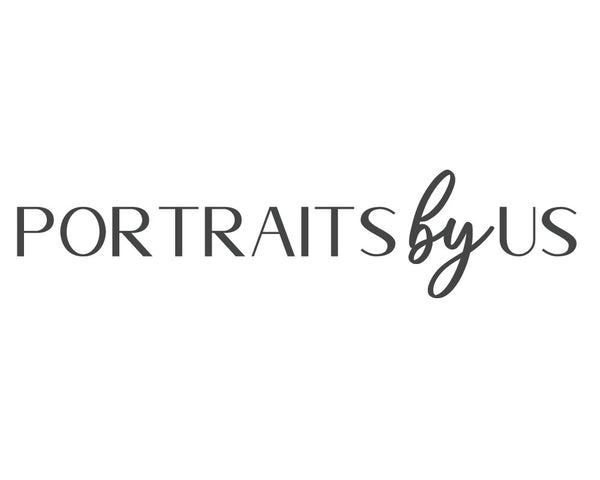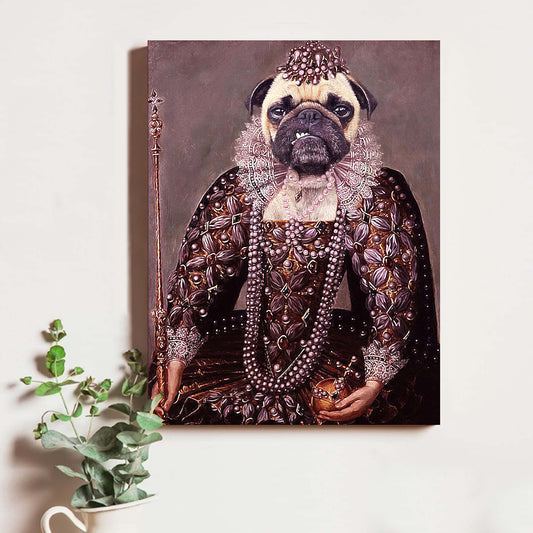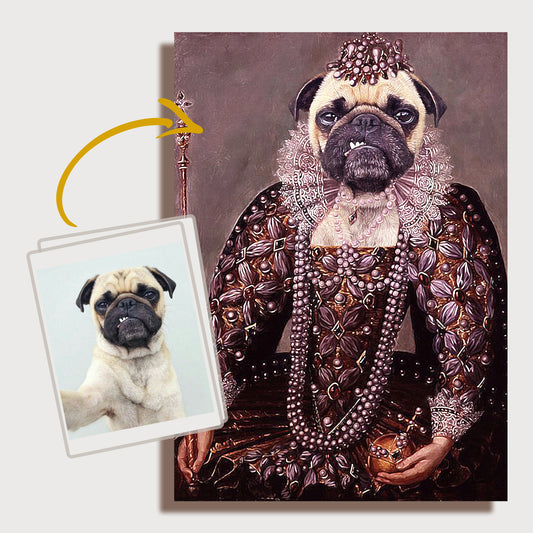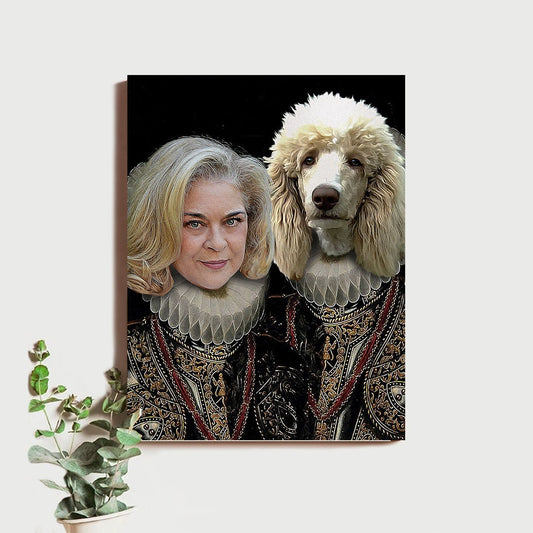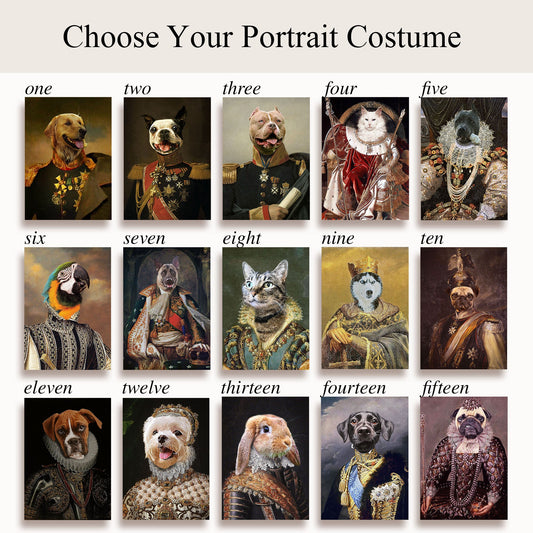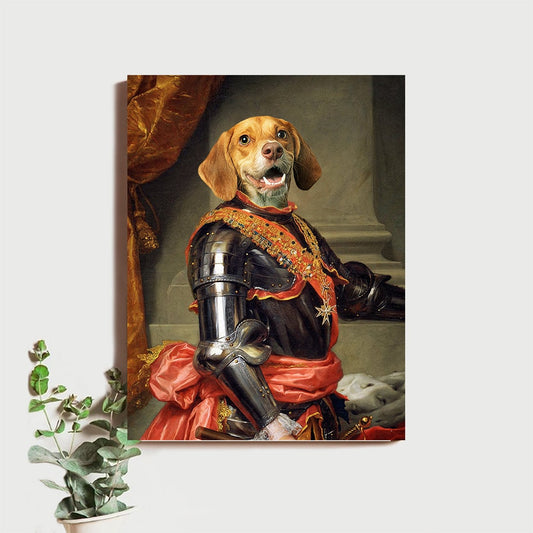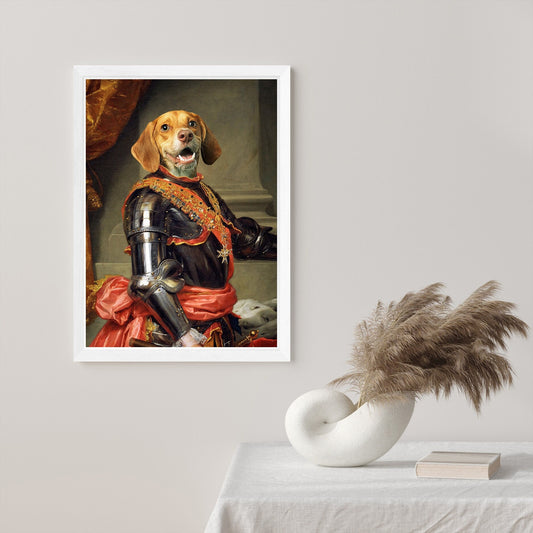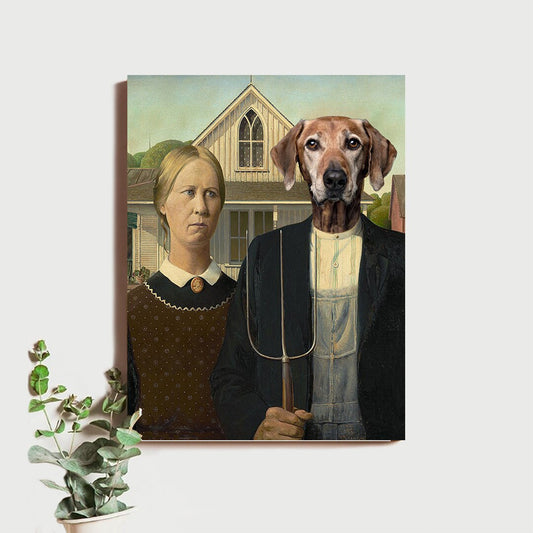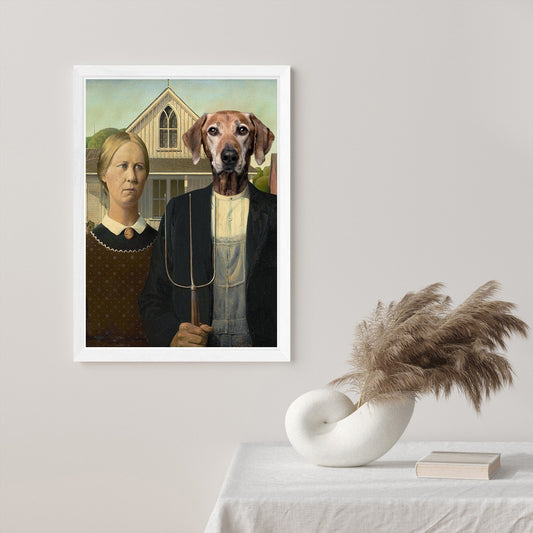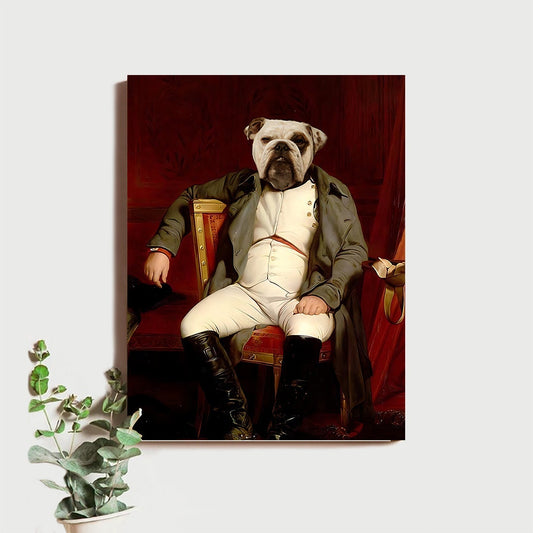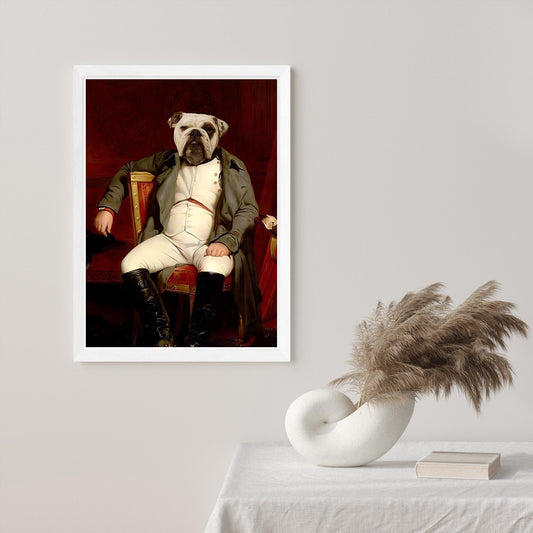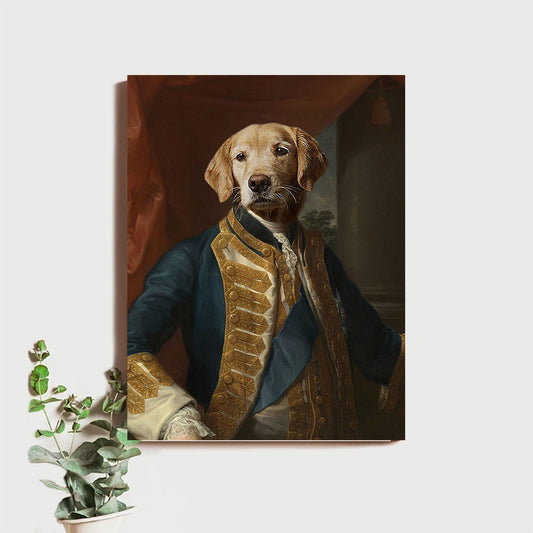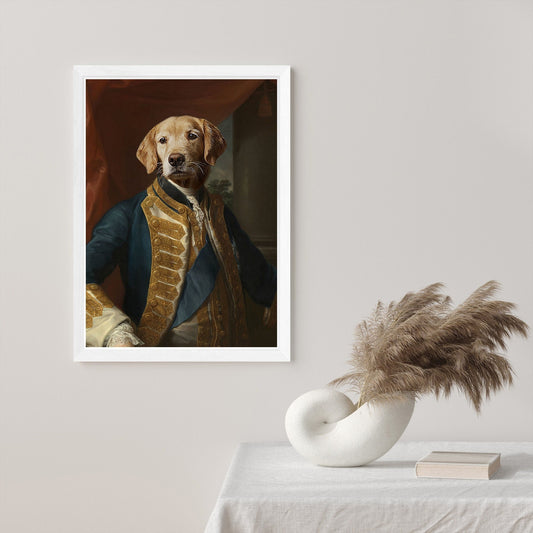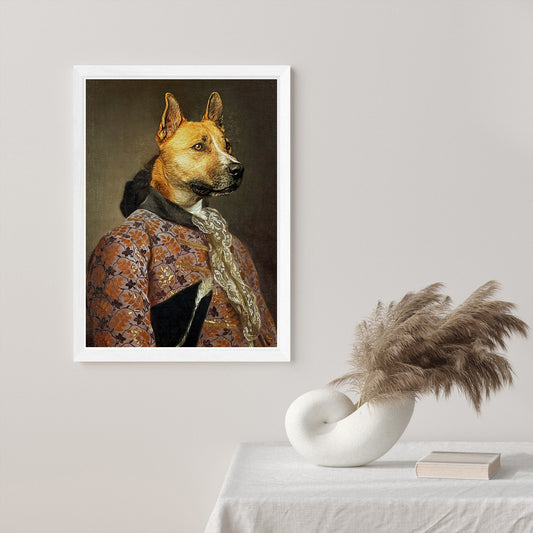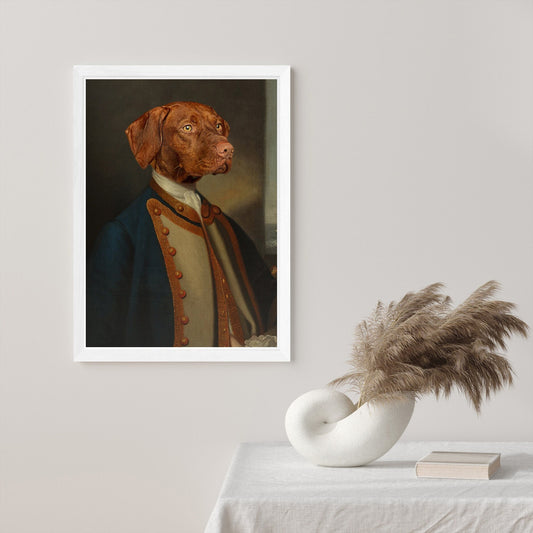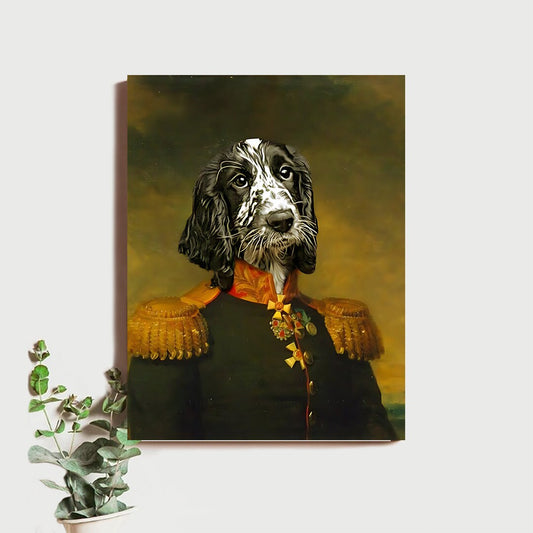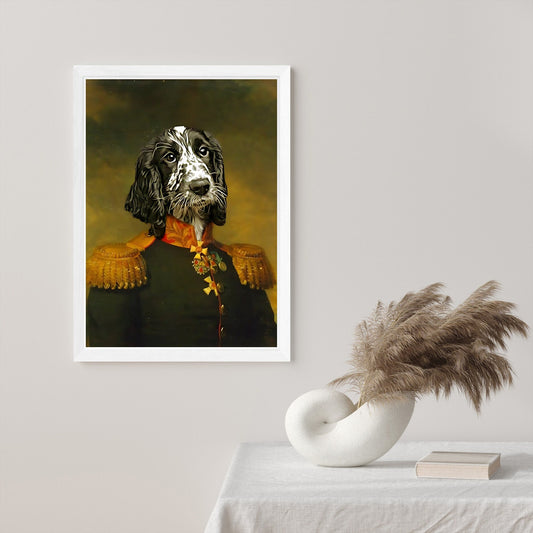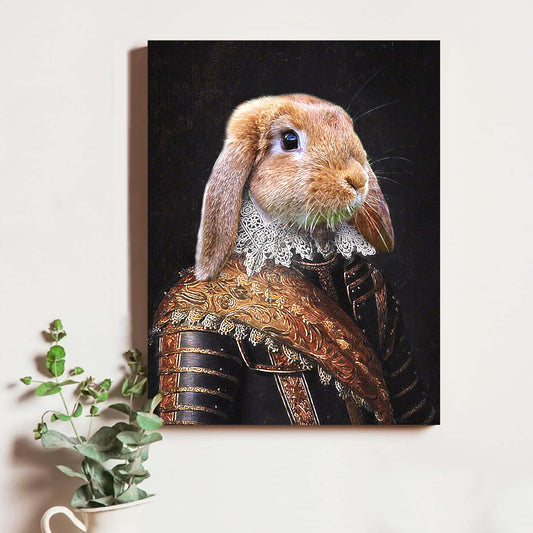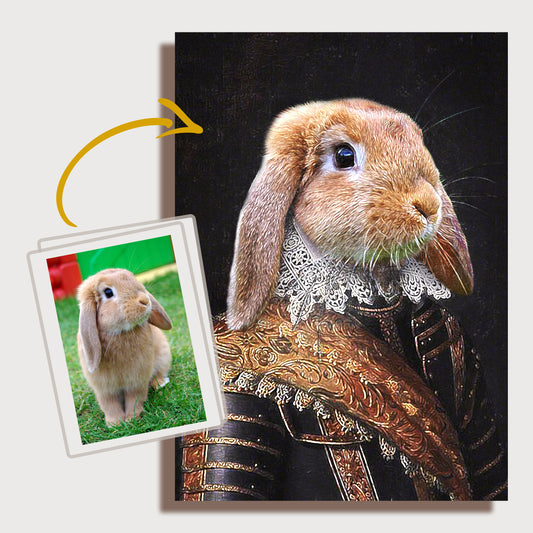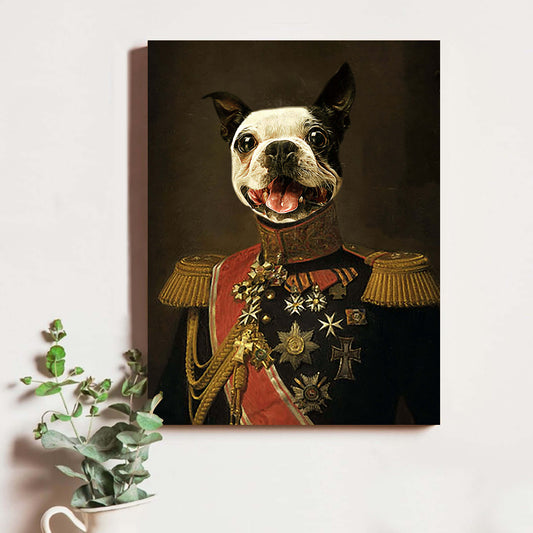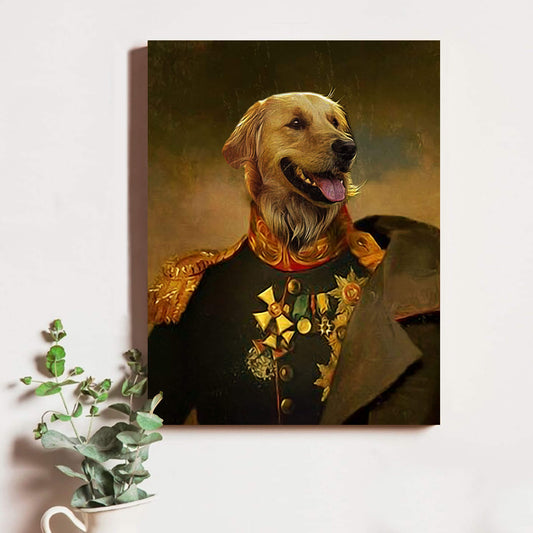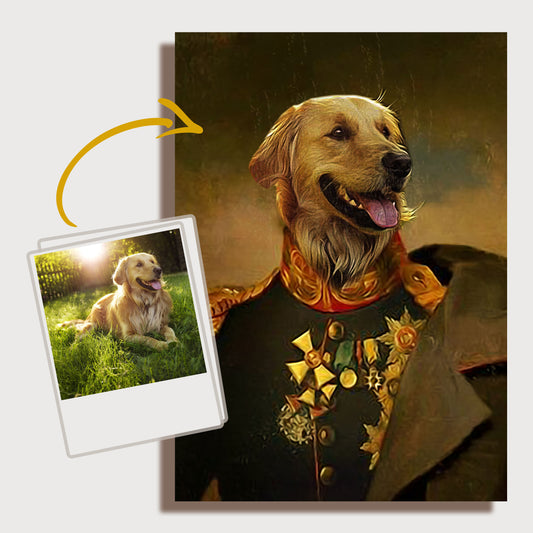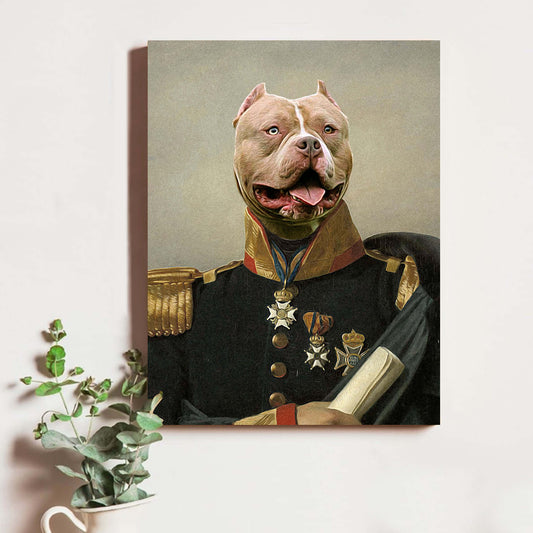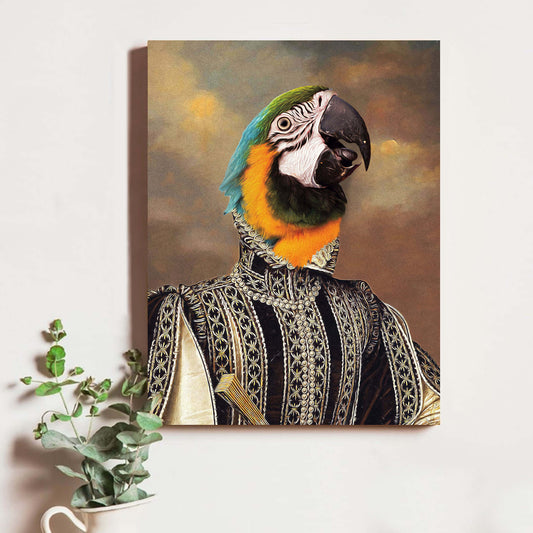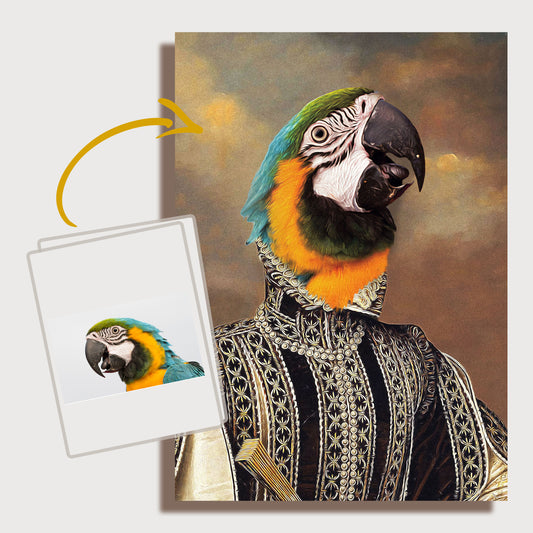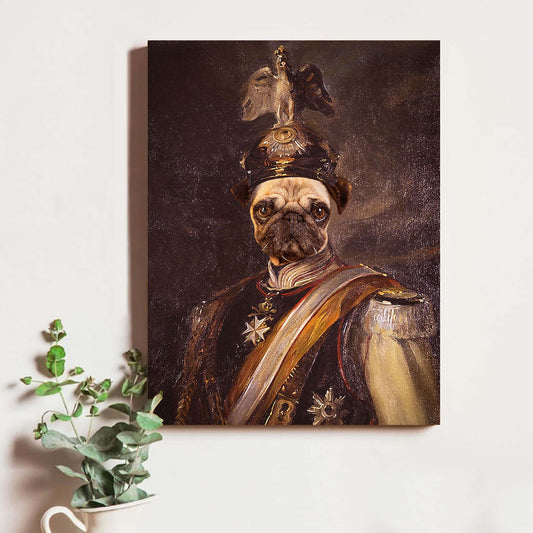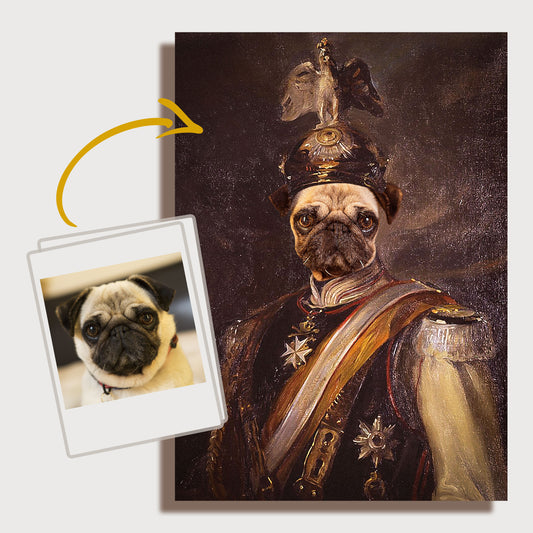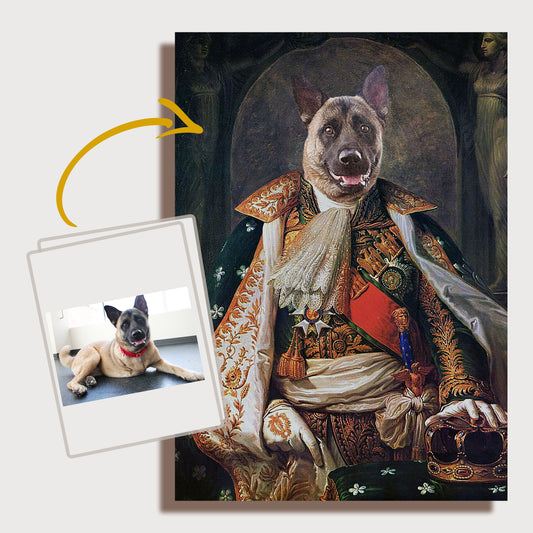Capturing Elegance: Renaissance Pet Portraits and the Timeless Bond
Table of Contents
- Introduction
- The Renaissance Aesthetic
- The Pet Portrait Phenomenon
- Symbolism in Renaissance Pet Portraits
- Prominent Artists and Their Furry Musings
- Materials and Techniques
- Legacy and Modern Adaptations
- Conclusion
- FAQs
In the grand tapestry of art history, the Renaissance stands as a pinnacle of creativity and cultural resurgence. Often associated with masterpieces like Da Vinci's "Mona Lisa" and Michelangelo's Sistine Chapel, the era is celebrated for its intellectual and artistic achievements. While human subjects took center stage, another fascinating aspect of Renaissance art quietly emerged – the portrayal of beloved pets in elaborate and affectionate portraits.
The Renaissance Aesthetic
The Renaissance period, spanning roughly from the 14th to the 17th century, was marked by a renewed interest in classical art, science, and philosophy. Artists sought to capture the essence of their subjects with meticulous attention to detail, realistic proportions, and a newfound appreciation for light and shadow. This aesthetic extended beyond humans to encompass the cherished companions of the time – pets.
The Pet Portrait Phenomenon
As the concept of domestic pets became more prevalent in Renaissance society, the desire to immortalize these loyal companions in art grew. Cats, dogs, birds, and even exotic animals became subjects of affectionate and elaborate portraits. These artworks not only reflected the socio-cultural values of the time but also showcased the close bond between humans and their animal counterparts.
Symbolism in Renaissance Pet Portraits
Renaissance pet portraits were not merely artistic representations; they carried deeper symbolism. Dogs, for instance, were often portrayed as symbols of fidelity and loyalty. Cats, on the other hand, symbolized domesticity and sensuality. Birds were associated with freedom and spirituality, while exotic animals were indicative of wealth and worldly exploration.
Prominent Artists and Their Furry Musings
Several renowned Renaissance artists embraced the trend of portraying pets in their works. Titian, a prominent Venetian painter, is known for his portraits of dogs, capturing their expressive eyes and distinctive features. Hans Holbein the Younger, a German artist, painted the beloved canine companions of his patrons with a keen eye for detail. Even Leonardo da Vinci, famous for his human portraits, is said to have sketched numerous studies of animals.
Materials and Techniques
Renaissance portraits were crafted using the same meticulous techniques as their human counterparts. Artists employed oil on canvas or wood, allowing for rich colors and intricate details. The use of chiaroscuro, the contrast of light and shadow, added depth and realism to these pet portraits, elevating them beyond mere sentimental depictions.
Legacy and Modern Adaptations
The legacy of Renaissance portraits endures, with contemporary artists drawing inspiration from the past. Today, many pet owners commission artists to create customized portraits of their furry friends, echoing the sentiment and sophistication of the Renaissance era. These modern renditions often blend classical techniques with a personal touch, capturing the unique personality of each pet.
Conclusion
Renaissance portraits provide a delightful glimpse into the intimate relationships between humans and their animal companions during a transformative period in art history. Beyond their aesthetic appeal, these artworks embody the enduring bond between people and pets, a connection that transcends time and cultural shifts. As we continue to celebrate the artistry of the Renaissance, let us also appreciate the enduring charm of these timeless pet portraits that beautifully encapsulate the spirit of an era.
Frequently Asked Questions ( FAQs )
1. Were pet portraits common during the Renaissance?
Yes, as the concept of domestic pets gained prominence, pet portraits became a popular trend among the elite during the Renaissance.
2. What symbolism is associated with different animals in Renaissance pet portraits?
Dogs symbolized fidelity and loyalty, cats represented domesticity and sensuality, birds were associated with freedom and spirituality, while exotic animals indicated wealth and worldly exploration.
3. Which Renaissance artists were known for portraying pets in their works?
Titian, Hans Holbein the Younger, and even Leonardo da Vinci were among the renowned artists who embraced the trend of portraying pets in their masterpieces.
4. What materials and techniques were used in crafting Renaissance pet portraits?
Renaissance portraits were typically crafted using oil on canvas or wood, employing meticulous attention to detail and the use of chiaroscuro for added depth and realism.
5. How has the legacy of Renaissance pet portraits influenced modern art?
The legacy of Renaissance portraits endures, with contemporary artists often drawing inspiration from the past. Many pet owners today commission customized portraits of their pets, blending classical techniques with a modern touch.
